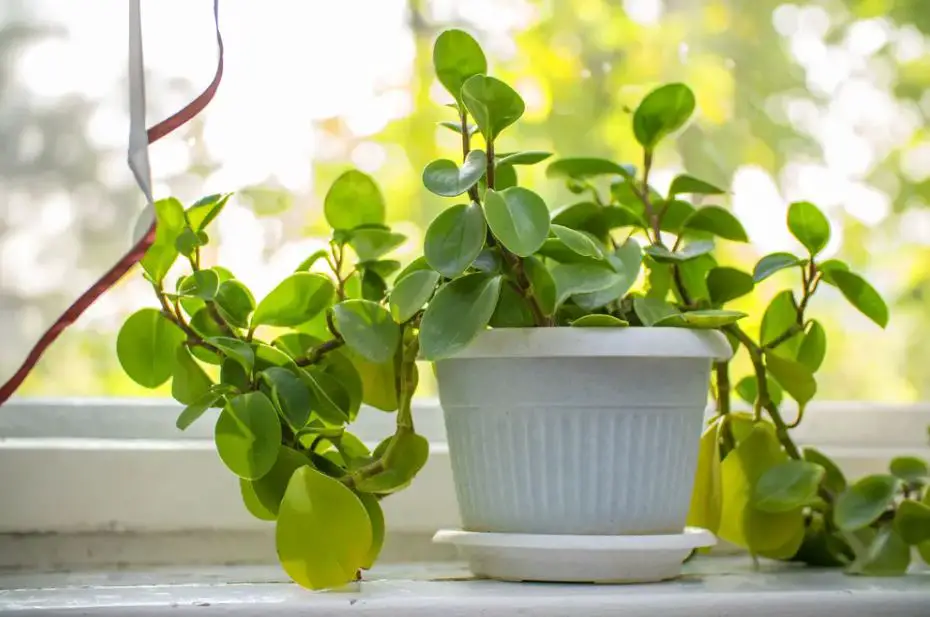Peperomia Hope plants are a staple of houseplants. They feature gorgeous, trailing branches covered with tiny succulent leaves and are simple to cultivate. These plants and the actual black pepper plant are related, and numerous hybrids exist. They are indigenous to countries with tropical and subtropical climates, including Florida and the Caribbean. Evergreen peperomia plants are cultivated for their leaves. Discover how to care for Peperomia hope so you can admire this adorable tiny plant.
Peperomia has approximately a thousand different species. The trailing form of pepper called “Hope” has stems that are a pale crimson color. Although the large, succulent leaves may retain water during dry spells, it demands regular maintenance as a houseplant. Hope Care for peperomia is essential; it needs well-draining soil and moderate light. The little plant grows to 24 inches (61 cm) as its hanging branches spill over the container.

How to Care for Peperomia Hope
Peperomia is one of the most straightforward houseplants to cultivate. Hope plants are hybrid varieties of natural plants. They were developed to have stems that resemble vines. The plant enjoys full sun to moderate shade; however, if it is in full sun, place it slightly away from windows on the south and west. They can grow in every soil type and pH range except for clay. It is necessary to maintain wet but not waterlogged soil. Winter watering should be cut in half. This plant can survive in USDA zone 10 but also spend the summer outside in hotter climates. It should be brought indoors when such circumstances are predicted since it cannot resist frost. Weekly watering should include feeding the plant with a soluble home plant food. Fall is the time to stop feeding the plant; spring is the time to start.
How to Grow Peperomia Hope
Peperomia has more of these lovely plants if you want them. The spread of hope is really simple. They are produced from stem cuttings, which produce mature, rooted plants much faster than challenging-to-germinate seeds. Before cutting, make sure the plant is in good condition. Cut off the stem at 3 to 5 inches (8 to 13 cm). The cutting might be rooted in two different ways. In a glass of water is where it is simplest. Avoid using hard water whenever possible. Remove a third of the leaves from the area closest to the cut end, then submerge the cutting in water until the bottom is covered. Every few days, change the water to prevent the development of pathogens. The cutting may be planted in houseplant soil after it has developed roots over time. The stem may also be placed in a growth medium that has been moistened. Slice the cut end a little and apply the rooting hormone. Make a tiny hole in the pot with a pencil and put the cutting through it. Keep the soil slightly moist, and cover the container with transparent plastic.
Peperomia Pests and Disease
Mealybugs are the primary pest in Peperomia Hope. To get rid of the bugs, rub the leaves with a cotton ball dipped in alcohol. The most frequent health problems are caused by overwatering. If you can feel the soil becoming dry to the touch or the leaves starting to droop, water the plant. Peperomia may encounter a variety of root rots if they are overwatered. This may also include the stems. Since peperomia is often a problem-free plant, it is ideal for beginning gardeners. The interior air will be cleaned, and it appreciates being pot-bound. It is also safe for dogs and cats.

